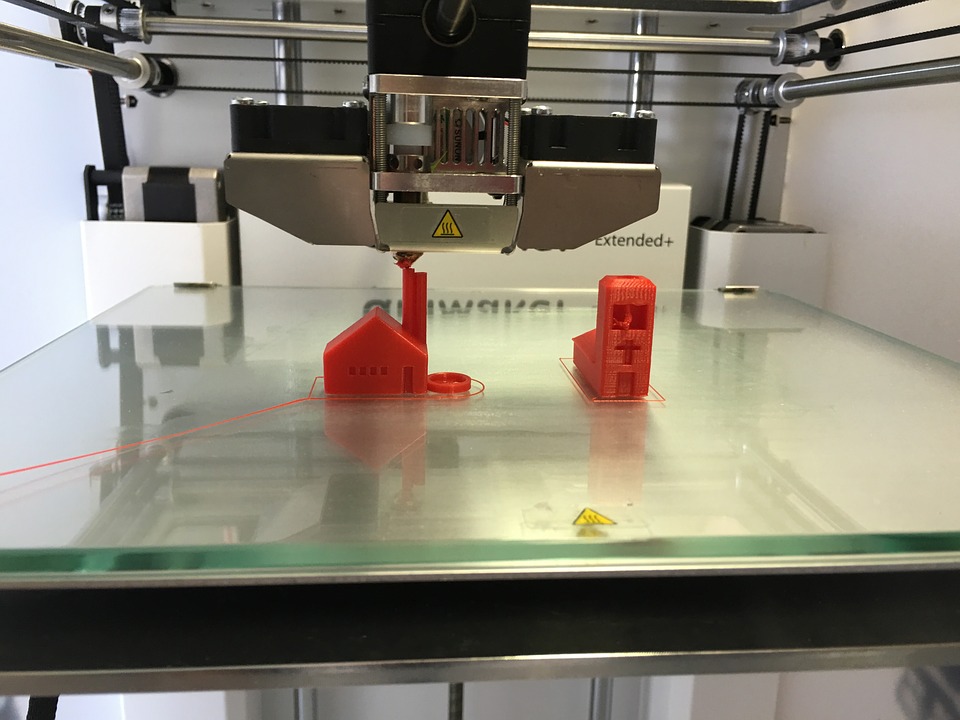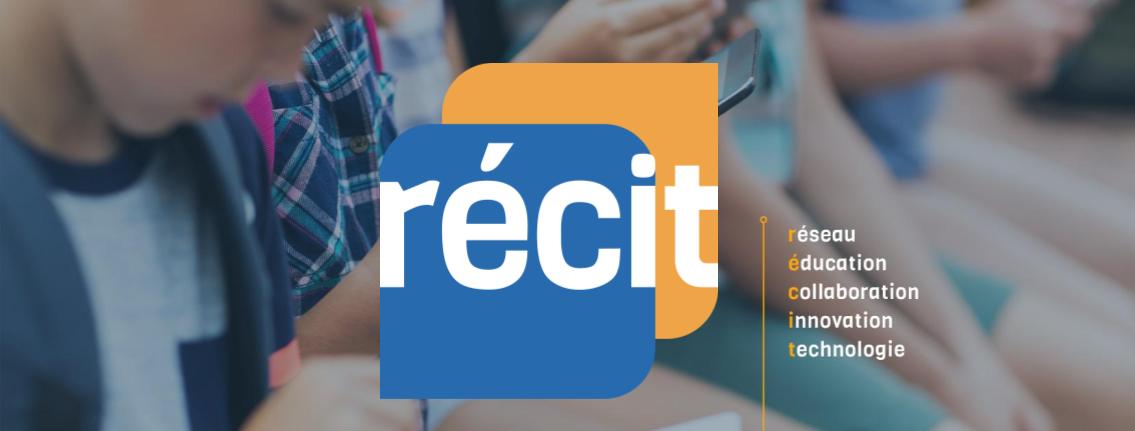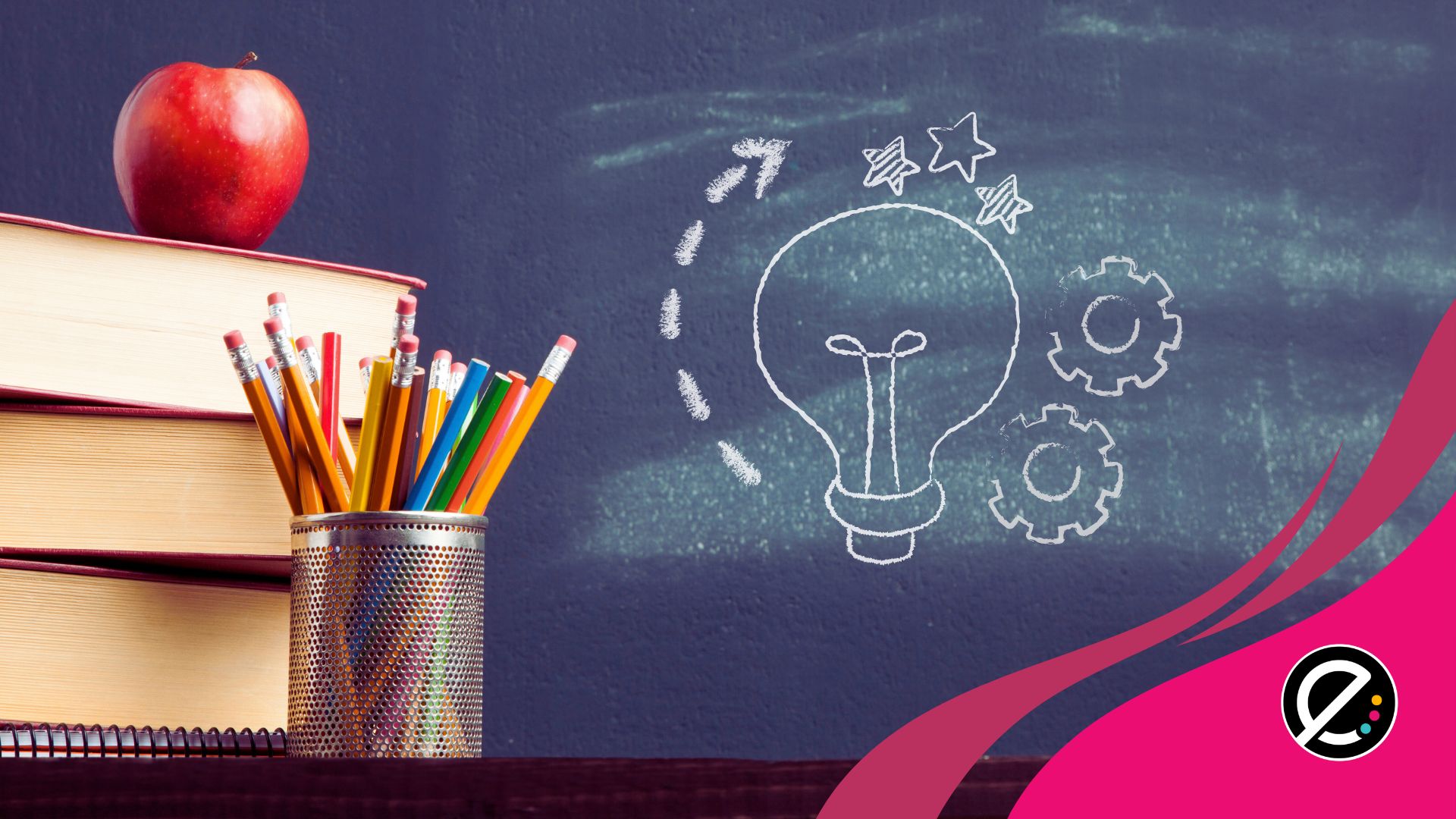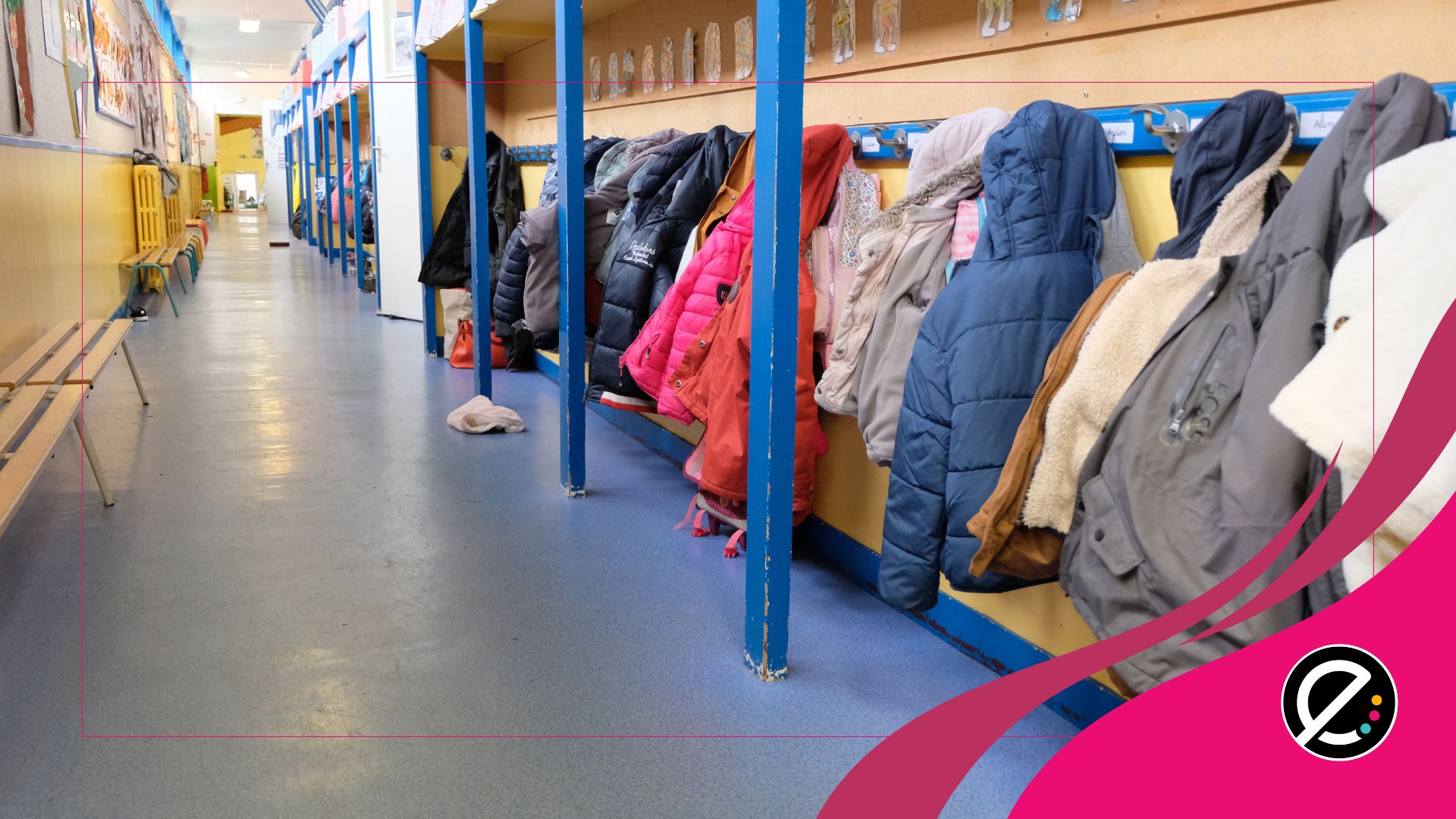Un sondage mené auprès de 1300 enseignants révèle leurs préférences quant à l’utilisation de technologies à des fins d’enseignement et d’apprentissage. Êtes-vous d’accord avec ces choix?
En éducation, quelles sont les technologies les plus utiles? Si on se projetait dans 10 ans, quelles seraient les technologies qu’on voudrait encore utiliser, et celles qu’on délaisserait? Aux Etats-Unis, 1300 enseignants du primaire et du secondaire se sont prononcés sur ces questions et d’autres dans le cadre d’un vaste sondage.
Dans une des questions, une liste de technologies était présentée aux répondants. Ces derniers devaient indiquer à quel point ils trouvaient que chacune d’elles est utile pour l’enseignement et l’apprentissage. Pour ce faire, ils devaient choisir entre cinq qualificatifs : essentielle, utile, plus ou moins utile, pas vraiment utile ou nuisible.
Les plus utiles pour apprendre et enseigner
Les technologies suivantes sont celles qui, aux yeux des répondants, sont jugées les plus essentielles et les plus utiles pour apprendre et enseigner :
- Les ordinateurs portables (92 %)
- Les tablettes (87 %)
- Le Chromebook (80 %)
- Les stations de travail* (78 %)
- Les ordinateurs traditionnels* (77 %)
* NDLR : La différence entre ces deux outils réside dans le fait que la station de travail est composée d’un ordinateur plus puissant dédié à une tâche spécialisée, alors que l’ordinateur traditionnel est un ordinateur personnel moins puissant.
Les technologies ayant le moins de valeur pédagogique
Les résultats du sondage montrent également que certaines technologies font l’objet d’une moins grande considération de la part des enseignants.
Par exemple, un tiers (32 %) des répondants est d’avis que les liseuses électroniques sont plus ou moins utiles pour l’enseignement et l’apprentissage. De plus, c’est dans la montre intelligente que les répondants voient le moins le potentiel pédagogique. En effet, 50 % d’entre eux la perçoivent comme « pas vraiment utile ». Qui plus est, 9 % sont même d’avis qu’elle est nuisible. Enfin, les téléphones intelligents arrivent au 3e rang du classement des technologies ayant le moins de valeur pédagogique aux yeux des enseignants.
Celles qui disparaitront, celles qui s’imposeront
On a également demandé aux répondants d’identifier, à leur avis, les technologies qui sont appelées à disparaître progressivement des écoles d’ici les 10 prochaines années. Parmi les réponses les plus populaires, on trouve :
- L’ordinateur fixe
- Les cédéroms et les DVD
- Les projecteurs traditionnels
- Les tableaux interactifs
Inversement, les participants devaient spéculer sur les technologies qui seront les plus utilisées en éducation dans les 10 prochaines années. Pour les répondants, celles-ci devraient, entre autre, figurer sur la liste :
- Les imprimantes 3D
- La robotique
- La réalité virtuelle
- Les appareils mobiles
Tableau extrait du rapport :
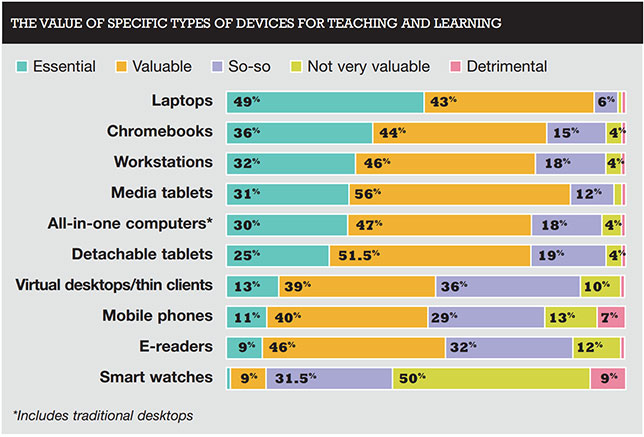
Beaucoup d’autres données intéressantes
Le sondage s’est aussi intéressé à plusieurs autres aspects de l’utilisation pédagogique des technologies, dont les méthodes pédagogiques, les usages et les politiques relatives aux appareils intelligents en classe.
Les résultats complets du sondage (en anglais) sont disponibles dans le dernier numéro du magazine The Journal, aux pages 7 à 14.



